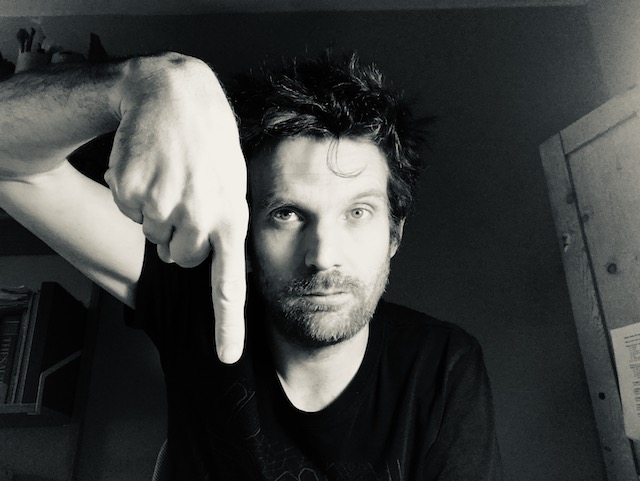You start by imagining the people who are going to read it.
Some readers will be interested in exploring regenerative design for themselves. Others will be looking for ways to introduce regenerative design to their colleagues or clients. In other words, you’re writing for multiple audiences at once.
And next, you lay out all the pieces of the story.
Some pieces we’ve been working with for years—like the Systems Bookcase, the Second Site, or the Living Systems Blueprint, models that James Norman and I set out in The Regenerative Structural Engineer.
Other pieces are less formal. They’re the anecdotes, the linking phrases, the small examples that spark curiosity.
With all these building blocks in front of you, the question becomes: what order would you place them in for each audience? What sequence could create a compelling journey?
It’s no different from building an effective pitch deck when you’re bidding for new work. You try different combinations. You see which slides land, which case studies resonate, which arguments bring people along.
That’s exactly what we’ve been doing in the Regenerative Design Lab, in our presentations, and across the training sessions we’ve delivered. Testing different ways to sequence the building blocks depending on the needs of the audience.
And that’s what The Pattern Book for Regenerative Design captures.
We call the building blocks motifs. We stitch these motifs together into patterns. Ten patterns—for ten different audiences.
